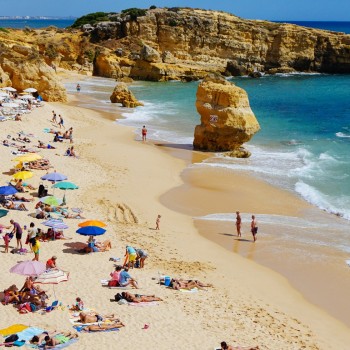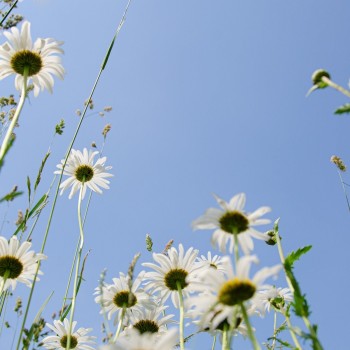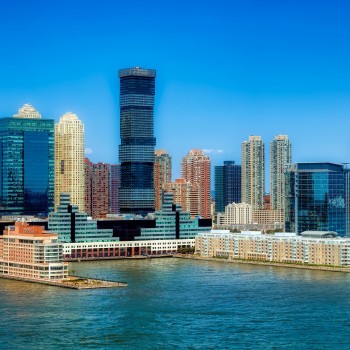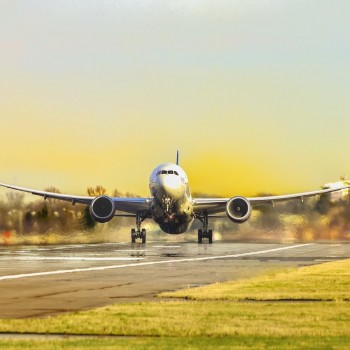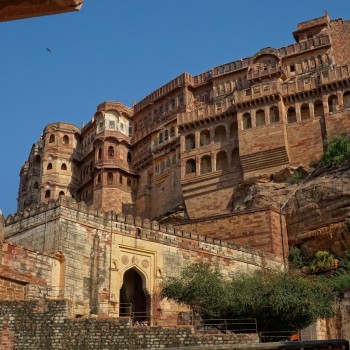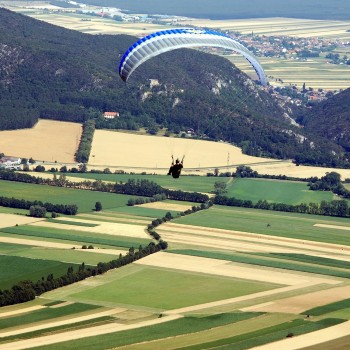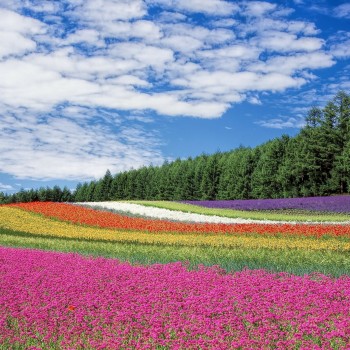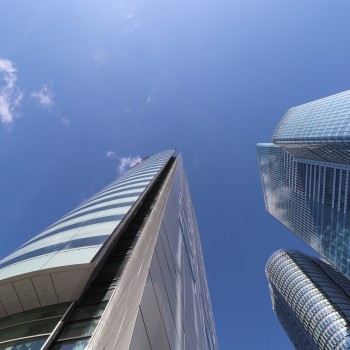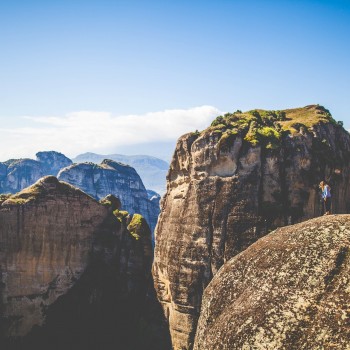Dominica
Dominica
Capital city description
The capital city, Roseau, is surrounded by the Caribbean Sea, the Roseau River, and Morne Bruce and is built on the ancient Kalinago Indian village of Sairi. The oldest part of town is around Old Market Square, formerly the original slave market. The Old Market square is now a vibrant craft vendors’ market for cruise and other visitors. The Old Post Office building is now the home of the Visitors’ Information Center and the Dominica Museum, which showcases a small collection of artifacts tracing the island’s history. The Roseau Cruise Ship berth sits across from the Museum, and cruise visitors walk off the ships directly into the city for shopping and tours. Notable sites around Roseau include The New Market on the Riverbank displaying fresh tropical fruit, vegetables, and herbs. The Roseau Market is liveliest on Saturday mornings but is open all day and through the nights from Friday to Saturday.
Morne Bruce is located just above the Botanical Gardens – a panoramic view of the entire city, a favorite of cruise visitors. Other historic sites include the Fort Young Hotel, Anglican Church, President’s Office (state house), the Carnegie Library, the Cenotaph, and the slave monument.
Climate
The seasons are not very distinct, with slight temperature variation. Dominica's tropical climate has plenty of sunshine, humidity, and heat all year round; the island has an average year-round temperature of 81F (27C). Hot days are interspersed with frequent rain showers, which dampen the intense heat and nourish the island's extensive rainforest.
Languages spoken
English is the official language of Dominica.
Fun/Fascinating Facts
- One remarkable fact about Dominica is that Island Caribs, natives of the Greater and Lesser Antilles, still reside here today. They were the island's first inhabitants and are known today as the Kalinago people. They named Dominica Wait'tukubuli, meaning "Tall is her body." Today, there are about 3,000 living on the island, representing the largest native population in the region.
- The highest mountain on the island is the second-highest in the Lesser Antilles. The neighboring islands of Guadeloupe and Martinique can be seen from the top of this volcano. It’s a difficult-but-worth-it six-hour hike — you’ll be in the rainforest at its fullest, wandering between hundreds of different plant and animal species.
- With so many volcanoes, many beaches in Dominica naturally have black sand. Mero Beach is a popular one (it’s more like a silvery gray, but still), with nearby restaurants specializing in fresh dishes and knock-you-down rum punch.
- Boiling Lake is one the most famous places on the island. It was discovered in 1870, and it’s technically a flooded fumarole in a volcanic crater. The lake water takes on different colors depending on the local volcanic activity. The eight-mile trail to reach it leads you through the wickedly named Valley of Desolation and some genuinely wild vegetation.
Unique Customs/Traditions
- Bwa-Bwa dancers have long been part of religious ceremonies and festivals worldwide, especially in celebrations of rites of passage and crop harvesting. During our carnival celebrations, towering Bwa-Bwa dancers wear costumes and face paints and dance to calypso and soca music as they parade through the streets.
- Throughout the carnival season, you may hear of the ‘Good Hope Darkies’ or ‘Black Devils’ and wonder who they are. Although Darkie is usually regarded as an offensive term for a Black person, Darkies are celebrated for their historical significance at carnival time. The tradition of the Darkies is a European influence that has been modified to suit African culture.
- Pappy Show Weddings are, more often than not, entertaining spectacles during carnival, the more outrageous the costumes, the better the wedding. The bridal party traveled from house to house performing short skits and was rewarded with drinks and food in the early days.
- The drumming tradition is celebrated with an island-wide church service followed by a street masquerade with tambou drums, shack-shacks, and loud boom booms. This custom continues today, with popular groups including the Newtown and Yam Piece Lapeau Kabwit bands being the center of attraction while thousands of feet pound the streets as if joining their ancestors in celebration of emancipation.
Popular universities
| Name | Description | |
|---|---|---|
| ROSS UNIVERSITY SCHOOL OF MEDICINE | Ross University School of Medicine was founded in 1978 as the University of Dominica school of medicine by Robert Ross. It is a private higher education institution located in Bridgetown, Barbados. It was officially accredited by the Ministry of Education and Human Resource Development, Dominica; Ross University School of Medicine (Ross U) is small, having about 3000+ students. Ross University School of Medicine (Ross U) offers courses in live sciences and programs like doctorate degrees. | |
| All Saints University School of Medicine | All Saints University School of Medicine, a relatively new school of medicine, opened in January 2006; the All Saints University of medicine offers a medical degree to American, European, and Dominica residents (who are automatically eligible for a 50% tuition fee scholarship). The main campus for the Dominica Saints University of Medicine is located on the corner of Hillsborough and Great George Street, the former grounds of the Roseau Health Center; however, a new permanent system is being built in Grand Bay, a small community village on the southeast coast of the island. The all Saints University of Medicine is committed to providing good quality education to its students, making sure tuition fees are affordable. The All Saints University’s rigorous training and exam schedules ensure that students fully quali-understand the seriousness of the medical profession and that it demands students convey a sense of social responsibility. School is recognized by MCC and ECFMG and the Ministry of Education, and the Ministry of Health of Dominica (the medical board of Dominica is listed in NCFMEA). | |
Festivals & Events
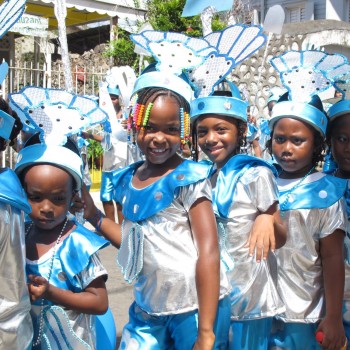
Carnival
Date: February
A Carnival is the biggest festival in Dominica, celebrated a week before Ash Wednesday. It is a two-day feast before the Lent seasons, dating way back to European Roman Catholic Church history, and was brought to the West Indies by the French settlers. In Dominica, this event, formally known as Masquerade, has a solid Afro-French influence.
It all started when the French Aristocracy donned fancy, colorful masks and visited each other while their slaves danced and celebrated outdoors.

Jazz n' Creole
Date: May
Jazz n' Creole in May, this festival is hosted in Fort Shirley, Cabrits National Park, which draws participants from other French islands to Dominica. The event serves as an avenue for showcasing an infusion of the jazz art form into the creole culture of Dominican and international performers.
The event boasts of a mix of jazz and Creole-influenced music, food, and culture, held over a week at various locations across.
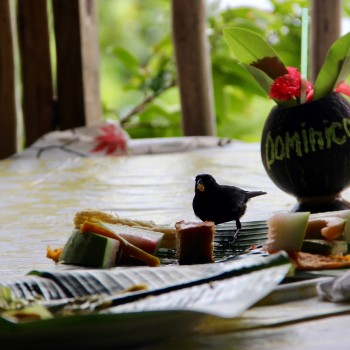
Caribbean Endemic Bird Festival
Date: April
Caribbean Endemic Bird Festival takes place yearly in April or May; this eco festival aims to increase awareness of Caribbean birds. Lectures and bird-watching tours are part of the roster of activities.
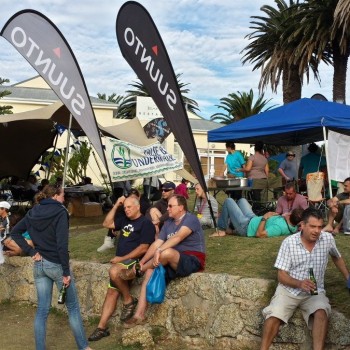
Dive Fest
Date: July
Dive Fest is one of the Caribbean's longest-running scuba diving festivals. It has been held annually for nine days and features swim races, kayaking, a treasure hunt, and canoe contests.
It usually takes place in July and aims to educate visitors on the island's most popular diving and water sports attractions.

World Creole Music Festival (WCMF)
Date: October
The World Creole Music Festival (WCMF) is an annual three-day music festival hosted on the island of Dominica during the final weekend in October as a conclusion to Creole heritage month.
WCMF is a renowned festival in Dominica, and it provides entertainment dedicated to the advancement of global Creole culture and music.
Attractions / Top Sights
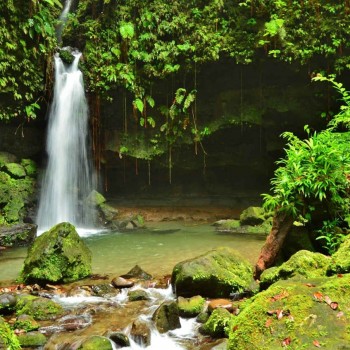
Morne Trois Pitons National Park
When to visit: April and May
Located in the southeast of Dominica, Morne Trois Pitons National Park is the first-ever national park in Dominica, established in 1975.
A stunning park was inscribed on the UNESCO list in 1997 and covered an area of around 17,000 ac (7,000 ha). Located in the south-central part of Haiti, it is known for its lush rain forests, breathtaking waterfalls, and rugged mountains.
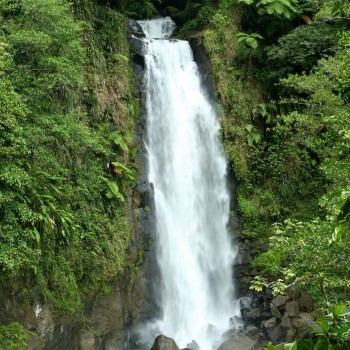
Trafalgar Falls
When to visit: April and May
Trafalgar Falls is one of the most famous tourist places in Dominica. Affectionately named the Mother and Father Falls, Trafalgar’s twin falls complement each other beautifully and give birth to numerous water basins and streams at their base. These marvelous beauties cascade side by side into pristine pools beneath.
Trafalgar is also known for its unique sulfur springs, which pool warm water alongside cold- a perfect, natural therapeutic bath.
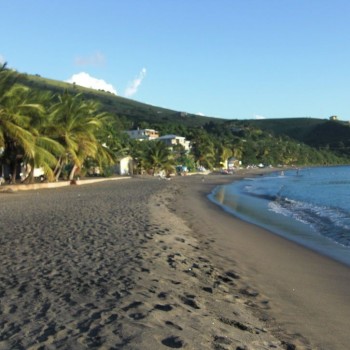
Mero Beach
When to visit: In summer
Mero Beach is one of the most famous stretches of the coast. This long, lovely stretch of silver-gray volcanic sand is a peculiarity on Dominica’s rocky coastline.
Its uniqueness attracts locals and tourists. They relish it for the warm, calm waters and Sunday beach barbecue scene.
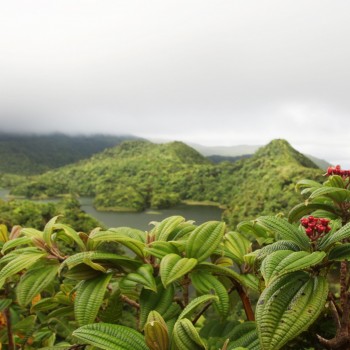
Cabrits National Park
When to visit: October to January
Cabrits National Park preserves lush rainforest, swampland, black-sand beaches, and thriving coral reefs in northwest Dominica. This panoramic peninsula reveals dramatic views from its highest point, and the reefs offer some excellent snorkeling and diving opportunities.
The park is also home to one of the fascinating historical sites in Dominica, such as Fort Shirley, an 18th-century British garrison with stunning views of Prince Rupert Bay.

Roseau
When to visit: August to September
Roseau is the beautiful capital and largest city of Dominica. Roseau's waterfront features a seaside promenade and cruise ship dock, crowded with visitors during the busy winter season. Near the dock, in the center of town, the Old Market sells fresh tropical fruit, vegetables, herbs, baskets, and coconut-shell souvenirs.
St. Patrick's Catholic Cathedral, a 19th-century Gothic-Romanesque-style church, is one of the city's significant landmarks.
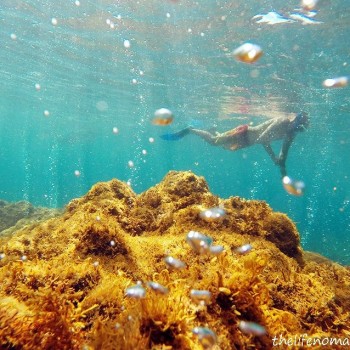
Champagne Reef
When to visit: May to September
Champagne Reef is Dominica's most famous dive and snorkel site on the southwest coast, attracting diving and snorkeling enthusiasts worldwide. The reef's plummeting cliffs and towering volcanic formations match Dominica's massive mountains and gorges.
Batfish, sea horses, barracuda, rays, squid, and trumpetfish are just some of the species found in the warm waters here.
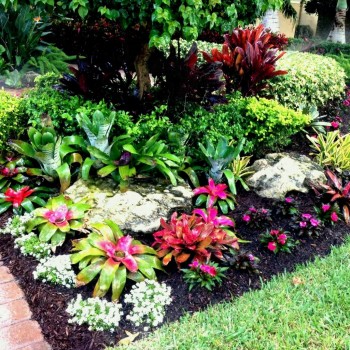
Papillote Tropical Gardens
When to visit: May to September
Papillote Tropical Gardens is an exceptional collection of botanical and other natural wonders that ranks among the very best in the Caribbean. The Garden is filled with bamboo trees, ginger blossoms, indigenous orchids, bromeliads, and begonias. You can also see many frogs, birds, and butterflies in the lush gardens.
Papillote Tropical Gardens offer beautiful views of the mountains and valley, and you can enjoy a soak in the retreat's mineral-rich pool, fed by a nearby hot spring.



